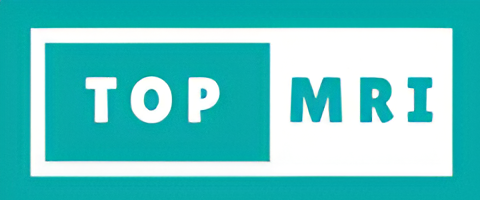
Recent advances in CT scan technology
Recent advances in CT scan technology
CT Scan is done to get the images of the inside structure of the body. It uses rotating X-Ray machines and computer to create cross-sectional images. It is performed on various parts of the body like head, shoulder, heart, abdomen, knee, etc. In this article, we will go through some of the recent advances in CT Scan technology.
Scanning radiation exposure –
The main challenge for the CT scan scientists have been lowering the radiation exposure. It is quite high in conventional technology as compared to the X-Rays and can lead to serious health problems. Novel scanning techniques have reduced the radiation exposure during the scanning process. With the help of a new CT detector, we can measure the amount of radiation that is transferred to the body. It provides more appropriate levels of radiation exposure.
CT scan speed –
In the early 2000s, 64-slice CT scanners were introduced and they quickly replaced the 16 slice CT technology and became the new standard for CT technology. Currently, 32 or 64 slice CT scanners are 4 times faster than the original CT scanners. This increased speed of scanning has been very helpful for physicians as they can do a more accurate diagnosis and provide better treatment for early or advanced coronary artery disease.
Use of AI in CT scan –
Machine learning has been a boon to the imaging system especially CT scanning as it reduces radiation exposure and harnesses the power of AI. With the introduction of AI in CT scanning, physicians will get better images of the scans and thus, provide better treatment and more accurate diagnosis. The introduction of technologies such as AI will continue to benefit the scanning technology.

Portable CT Scanning –
Portable CT scanning is beneficial both in the clinical and economical aspects. This way physicians can lower the risk related to intra-hospital transport such as compromise of monitoring equipment, intubation tubes, and intravenous lines. It helps to reduce the risk that patients have during the transportation and treatment process. It reduces the need for extra transportation contributing to economic benefits. It allows the clinicians to increase the availability of stationary CT equipment in the hospital.
Iterative Reconstruction –
Nowadays, the majority of the CT vendors are using Iterative Image Reconstruction. It produces tomographic images from the data acquired from X-Ray taken from different angles in a patient. This revises the image repeatedly with many iterations to clean the artifacts and offer clearer images. It reduces the number of scans and reconstructs 2D and 3D images providing an enhanced diagnostic tool for the physician.
Spectral CT technology –
Spectral CT technology, also known as dual-source or dual-energy CT, is a trend that is being integrated by most CT vendors. With the help of chemical elements, it breaks down the X-Ray images at two different kV energies with a dual-source CT scanner. This technology is helpful in the treatment of gout and locating kidney stones and can create contrast and non-contrast images with a single scan.
Source –
https://www.neurologica.com/blog/advances-ct-scan-technology